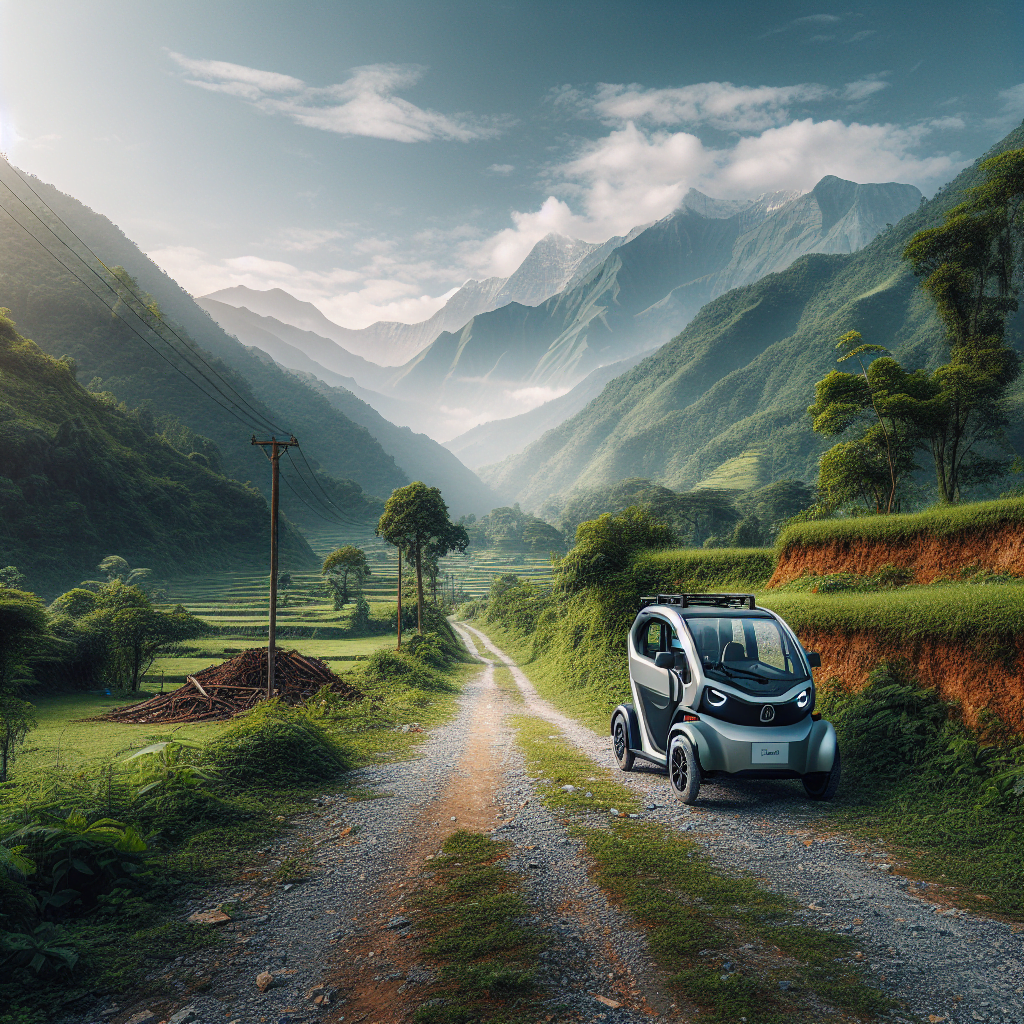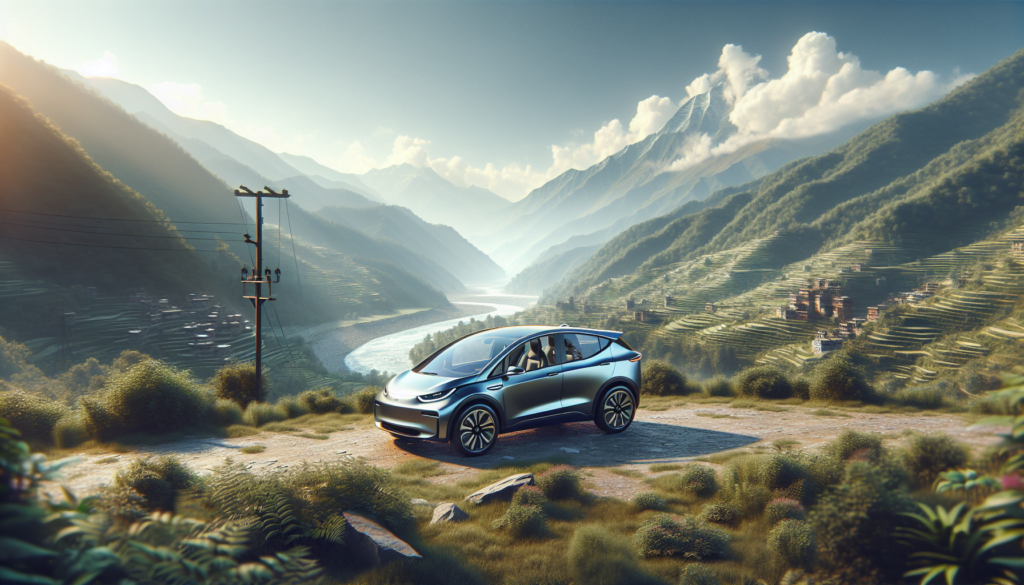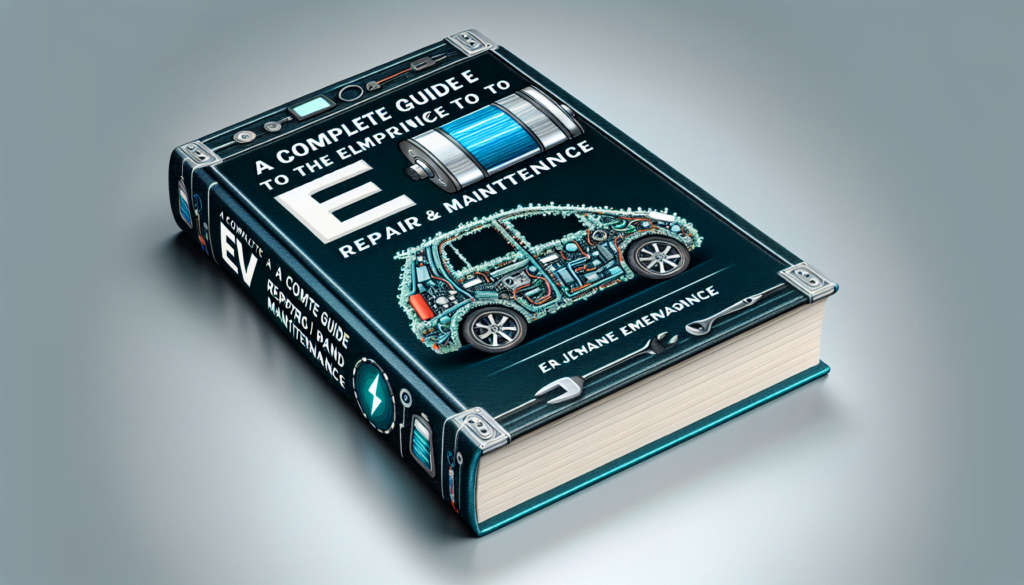Introduction to EV Car Price in Nepal
The electric vehicle EV car price in the Nepal market is slowly gaining momentum in Nepal. With the Nepali government offering tax exemptions and other incentives for electric cars, an increasing number of EV models are becoming available to buyers. This article explores the latest EV prices and models launching in the Nepali market in 2024.
EV Policy and Incentives in Nepal
To encourage the adoption of electric mobility, the Nepal government has implemented several policy measures and incentives:
- Import tax exemptions – Fully electric vehicles are exempt from most import taxes which account for a large portion of the retail price. This helps lower the upfront cost, which remains the biggest adoption barrier.
- No road tax – EVs do not have to pay annual road tax. This saves owners Rs 1,500 to Rs 3,000 per year compared to fossil fuel cars.
- Low-interest loans – Some banks like NMB Bank, Global IME Bank, and Kathmandu Finance Limited offer loans for EV purchases at 6-8% interest rates.
- Free parking – EVs can park for free at government facilities in major cities like Kathmandu and Pokhara.
- Free charging – Some public charging stations like those installed by NEA offer free charging services to incentivize adoption.
These benefits allow electric cars to have significantly lower operational costs compared to petroleum-powered vehicles. More benefits and incentives are likely to be introduced under the Electric Vehicle Policy Draft 2022 released by the Ministry of Industry, Commerce and Supplies.
Imported EVs typically retail for Rs 30 – 60 lakhs in Nepal depending on the model and features. But the good news is that prices are predicted to fall steadily as EV technology matures and sales volumes increase globally. More affordable electric cars under Rs 20 lakhs are likely to launch in Nepal by 2025.
EV Models Available in Nepal
Here are some of the most popular electric car models currently available in the Nepali market from authorized dealers:
Nissan Leaf
- Price – Rs 48 lakhs
- Range per charge – 311 km
- Charging time – 11.5 hours (15-80%)
The Nissan Leaf pioneered affordable and practical mainstream EVs when it first launched globally in 2010. The updated 2022 model comes equipped with a 40 kWh battery pack with a decent real-world range. Lower running costs compared to fuel vehicles make it a good option despite higher upfront prices.
MG ZS EV
- Price – Rs 55 lakhs
- Range – 461 km
- Charging time – 6-8 hours (0-80%)
The popular ZS EV crossover from MG Motor arrived in Nepal in 2021 and has been selling steadily. It offers an excellent range from its large 44.5 kWh battery and comes packed with premium features like a panoramic sunroof and an 8-inch infotainment screen.
Hyundai Kona Electric
- Price – Rs 58 lakhs
- Range – 452 km
- Charging time – 9 hours 35 mins (0-100%)
The Hyundai Kona Electric luxury SUV has AWD, a powerful 201 hp electric motor, and a large 64 kWh battery pack. Along with great performance and tech features, it promises over 450 km range on a single charge.
Kia Niro EV
- Price – Rs 48 lakhs
- Range – 312 km
- Charging time – 9 hours 15 mins (0-100%)
Sharing underpinnings with the Hyundai Kona EV, the Niro EV crossover provides over 300 km range and a high-tech cabin. Priced competitively at Rs 48 lakhs, it targets a similar segment as the Leaf.
More affordable electric hatchbacks like the Tata Tiago EV are expected to launch in 2024 with prices below Rs 20 lakhs. The supply shortage of semiconductors is currently delaying many EV launches globally.
EV Prices in Nepal


As of 2024, the price range for fully-electric vehicles available in Nepal spans from Rs 30 lakhs for the basic BYD e6 electric hatchback and goes over Rs 1 crore for the luxury Tesla Model S.
Prices are undoubtedly higher than comparable fossil fuel vehicles. The MG ZS petrol SUV, for example, retails at just Rs 32 lakh compared to Rs 55 lakhs for its EV variant.
Higher prices are mainly driven by:
- Expensive batteries – The lithium-ion packs remain the costliest component. As production scales up globally, pack prices are projected to drop dramatically by 2030 making EVs achieve price parity with petrol cars.
- Low production volumes – Most EV models see limited regional sales numbers compared to mass-market brands like Maruti Suzuki. This restricts economies of scale.
- Import duties & taxes – Even though Nepal offers customs duty exemptions, other taxes like excise and road permits get added during the retail distribution channel.
Globally, EV prices are witnessing a declining trend as battery prices fall each year. The average cost of an EV in 2022 was around 10% lower than in 2021 across the US and Europe. Further drops of over 40% are forecast by 2028, which should also be reflected in the Nepali market.
Charging Infrastructure Accessibility
Expanding electric vehicle charging stations is pivotal to accelerating Nepal’s EV adoption. Charging anxiety often deters first-time EV buyers from worrying about the battery running out of juice mid-journey.
To alleviate these concerns, the state-owned electricity supplier Nepal Electricity Authority (NEA) has installed public charging kiosks across Nepal. Most facilities offer free charging funded by foreign climate change investment programs.
Here are the major public charging points accessible for EVs in Nepal:
| Location | Number of Charging Points |
|---|---|
| Kathmandu Valley | 7 |
| Birgunj | 2 |
| Biratnagar | 2 |
| Pokhara | 1 |
| Butwal | 1 |
Among private EV charger installations, Nabil Bank has pioneered by setting up 7 EV charging stations at its bank branches across Nepal. Hotels like Hyatt Regency Kathmandu and Soaltee Crown Plaza have installed chargers for their guests.
The charging standards adopted at most public electric vehicle charging stations (EVCS) in Nepal are:
- CCS2 (Combined Charging System) DC fast charging
- Type 2 AC charging
CCS and CHAdeMO DC fast chargers can provide an 80% charge within 30-60 minutes to compatible electric cars like the Nissan Leaf and Hyundai Kona EV. This enables intercity travel without major disruptions.
Over 200 charging points are planned across Nepal by 2025 including fast chargers across major highways. The charger network is set to rapidly match the growth of EVs on Nepali roads.
Owning and Maintaining an EV in Nepal
Charging Solutions
Besides public charging stations, EV owners in Nepal have other charging options available based on their usage needs:
- Home charging – Installing an EV charger with the necessary electrical upgrades at home allows you to conveniently charge every night for daily commute needs much like charging your phone.
- Workplace charging – With workplace chargers, employees can top up battery levels while their EV is parked in office lots throughout the day.
- Battery swapping – This unique solution practiced globally involves quickly swapping out the depleted battery for a fully charged one at dedicated swap stations. This saves time compared to traditional plug-in charging. Battery swapping stations for e6 EVs already operate in Kathmandu and other regions of Nepal by service provider Picitup.
Driving Range & Performance
The latest generation of EVs delivers a practically adequate range for Nepal’s average daily driving needs. Mid-size offerings like the MG ZS EV and Hyundai Kona Electric promise over 400 km on Indian test drive cycles which should easily translate to 300+ km in real-world Nepali conditions.
Regenerative braking maximizes driving range by feeding energy back into the battery and slowing the car without needing to press the brakes. This takes some getting used to but improves the efficiency.
For an overwhelming majority of urban commutes well under 100 km daily, range anxiety fades away quickly. DC’s fast charging capability also enables convenient long-distance journeys.
Nepal’s hilly terrain suits EVs as descending downhill sections help replenish energy levels. High-torque electric motors also perform well over challenging ascents compared to equivalent combustion cars.
Ownership Economics
The economics of owning an EV become compelling for high mileage drivers despite steep sticker prices. With electricity costs being around one-fourth of petrol or diesel expenses per km, fuel savings are realized rapidly. Some back-of-the-envelope calculations:
- Nissan Leaf running cost per 100 km: Rs 180 (electricity charges only)
- Equivalent petrol hatchback cost per 100 km: Rs 750 (fuel + maintenance)
- Yearly savings for 20,000 km annual mileage: Rs 1.14 lakh per year
Factoring in the higher upfront cost, EVs generally break even in 4-5 years for private buyers driving higher distances. Fleet owners with commercial taxis, shuttles, or delivery vans rack up
even higher annual miles which improves the payback period.
Beyond fuel, EVs provide savings from lower maintenance needs as electric motors have far fewer moving parts than internal combustion engines. There are no engine oils, spark plugs, or emissions checks required. Brake wear also gets considerably reduced thanks to regenerative braking. The only major EV-specific service cost is battery pack replacement after approximately 8 years which on most models is covered by the manufacturer’s warranty as well.
Resale Value Concerns
Prospective buyers often worry about battery degradation affecting the resale value of electric cars. EV batteries are estimated to lose up to 2-3% of their capacity annually – higher than the 10-15% capacity loss typically seen in smartphone lithium-ion batteries after the same period of operation.
Heat is the biggest enemy, and Nepal’s hot climates do hasten cell aging over time compared to moderate weather regions in the USA or Europe. Thankfully, the latest EV models come equipped with advanced thermal management solutions to optimally control battery temperatures even while fast charging or driving uphill. Confidence in EV reliability has also seen a boost in 2022 with some early Nissan Leaf owners in Nepal clocking over 2 lakh kilometers across nearly a decade of operations.
Most manufacturers provide at least 8 years/1,60,000 km battery and motor warranty which covers replacements if capacity drops under 70%. So potential buyers looking to sell an EV at the end of 5-6 years of ownership – which aligns with typical ownership cycles in Nepal – need not worry about battery health impacting the vehicle’s value.
Future Outlook for EVs in Nepal
Electric mobility represents the biggest revolution in transportation since the invention of automobiles. As the world races towards sustainable energy, Nepal too has set the goal for EVs to account for 20% of private vehicles and public transportation by 2030 under its Climate Change Policy 2019.
Several dynamics are aligning in Nepal’s automobile industry to make this EV vision into reality:
- With fuel prices soaring and Nepal’s perpetual electricity surplus, the operating cost savings potential becomes massive for private and commercial EV owners.
- e6 electric taxi fleets by companies like Laxmi Hyundai already log over 150 km daily servicing Nepal’s airports and cities. Their success is driving rapid public awareness.
- Hydropower companies like Sanima Hydro and Butwal Power are expanding EVCS infrastructure across highways to boost confidence for intercity travel.
- Banks like NMB with dedicated low-interest green auto loans, make EVs more accessible by reducing financing costs.
- New EV car companies like BYD with globally affordable products are entering Nepal partnering with local dealers like Advanced Automobiles.
As EV model choices widen and ownership economics keep improving, Nepal is primed for surging public adoption by 2025. With even compact EVs delivering over 300 km range and 200 horsepower performance, there are no compromises anymore to ‘going electric’.
Government targets forecast on-road EV populations to touch 15,000 by 2025 across buses, taxis, cars, and 2-wheelers – a huge jump from just 800 vehicles in 2022!
Conclusion
The electric vehicle revolution has well and truly arrived in Nepal with increasing public infrastructure investments and tax reliefs expanding across different vehicle categories.
2023 and 2024 are poised to witness several new EV model launches catering to both premium and affordable price brackets for Nepali automobile buyers. As global battery prices soften and domestic charging networks spread outside Kathmandu over highways, the transition toward electric mobility will rapidly accelerate across all vehicle segments in the coming decade.
Early adopters of EVs stand to gain financially while contributing greener commute options for Nepal’s future. Concerns around range anxiety and charging access also fade as more Nepalis transition to emission-free electric cars and bikes. Although current price premiums remain steep, the lower running costs in terms of fuel, taxes, and maintenance deliver excellent value.
For those interested in joining Nepal’s homegrown electric vehicle transformation, there has never been a better time to go electric!


